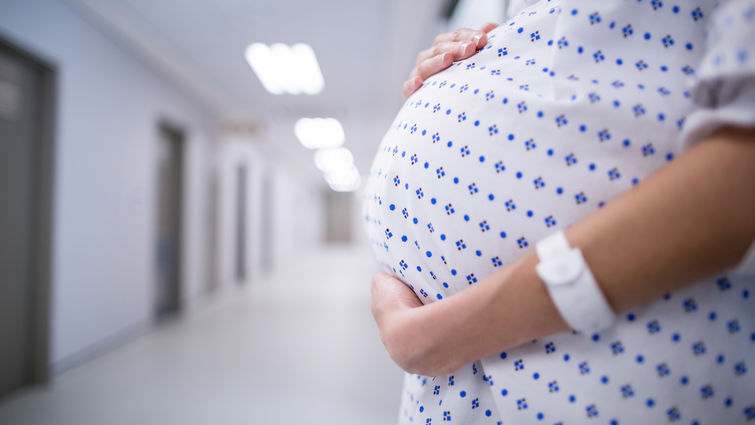
Cesarean section (C-section) rates are on the rise in the U.S., increasing over 50 percent in the past decade. According to the California Health Care Foundation, about one-third of all babies are born via C-section, much higher than the national goal of 20 percent.
Loma Linda University Children’s Hospital advocates against medically unnecessary cesareans, and data show that the organization meets its goal. In 2017, less than 20 percent of deliveries in first-time mothers without risk factors were done via C-section. Loma Linda University Children’s Hospital (LLUCH) is in the top 10 percent in the state of California for low C-section rates.
According to obstetrician and gynecologist Courtney Martin, DO, medical director of Maternity Services and the Total Care Birth Center at Loma Linda University Children’s Hospital, C-sections are a necessary intervention when medically appropriate.
“A C-section can be life-saving for mom and baby, but it requires judicious use,” Martin says.
There are many health reasons to not have a cesarean section to birth a child, including pelvic pain, higher chance of hysterectomy and longer recovery time (just to name a few). However, more and more women across the country are undergoing the surgery for reasons that may actually be untrue.
Many soon-to-be-moms may think a C-section is a better or safer option for them because of what they think they know, but Martin is wanting to debunk those common myths and encourage women to make every effort to have a vaginal delivery.
Myth: C-sections are easier than a vaginal birth.
Truth: It’s actually a major abdominal surgery which requires longer recovery time. Any time a patient has surgery, no matter how routine, there are risks. Martin advises every woman talk with her doctor about possible options for pain management if she has concerns.
Myth: C-sections will reduce the risk for prolapse.
Truth: Vaginal prolapse is a condition when the walls of the vagina become lax. The surrounding uterus, rectum, bladder, urethra and small bowel begin to fall out of their normal positions because the vaginal wall can no longer support them. However, this condition is a risk regardless of a vaginal or cesarean birth.
Myth: Doctors get paid more to perform a C-section.
Truth: Physicians do not generally have an incentive to perform the surgery, especially in academic center such as Loma Linda University Children’s Hospital. “We don’t want to do a surgery if we don’t have to,” Martin says.
Myth: It’s okay to have a lot of C-sections.
Truth: There is a big concern if a woman has had multiple C-sections. In general, the risk increases after 3-4 cesareans. Repeat cesareans can increase likelihood to experience placenta accreta, which is a serious pregnancy condition that occurs when blood vessels and other parts of the placenta grow through the prior C-section scar and nearby structures. “We take care of this condition frequently at Loma Linda University Children’s Hospital,” Martin says. “And it usually requires hysterectomy at the time of delivery and blood transfusions due to bleeding.”
Myth: A mother cannot have a vaginal birth after cesarean (VBAC).
Truth: This is the most common untruth. A VBAC is not right for everyone, but most women are reasonable candidates. Women should speak with their physician to see if they meet certain criteria to be a good candidate for a vaginal birth after prior cesarean. Also, you need to choose a birthing hospital that allows and is familiar with performing VBACs, as not all hospitals do. Furthermore, a VBAC should be attempted in a hospital, as there are risks. It is safest to deliver this way where a OBGYN, anesthesia physicians and an operating room are always immediately available.
Martin adds that a vaginal birth is the best option for a normal, healthy pregnancy. But, she encourages all expectant women to consult with their physician to develop a safe birth plan that best suits their medical needs.
For more information on the Total Care Birth Center, visit online or call 1-800-825-KIDS.
